
and , respectively, are
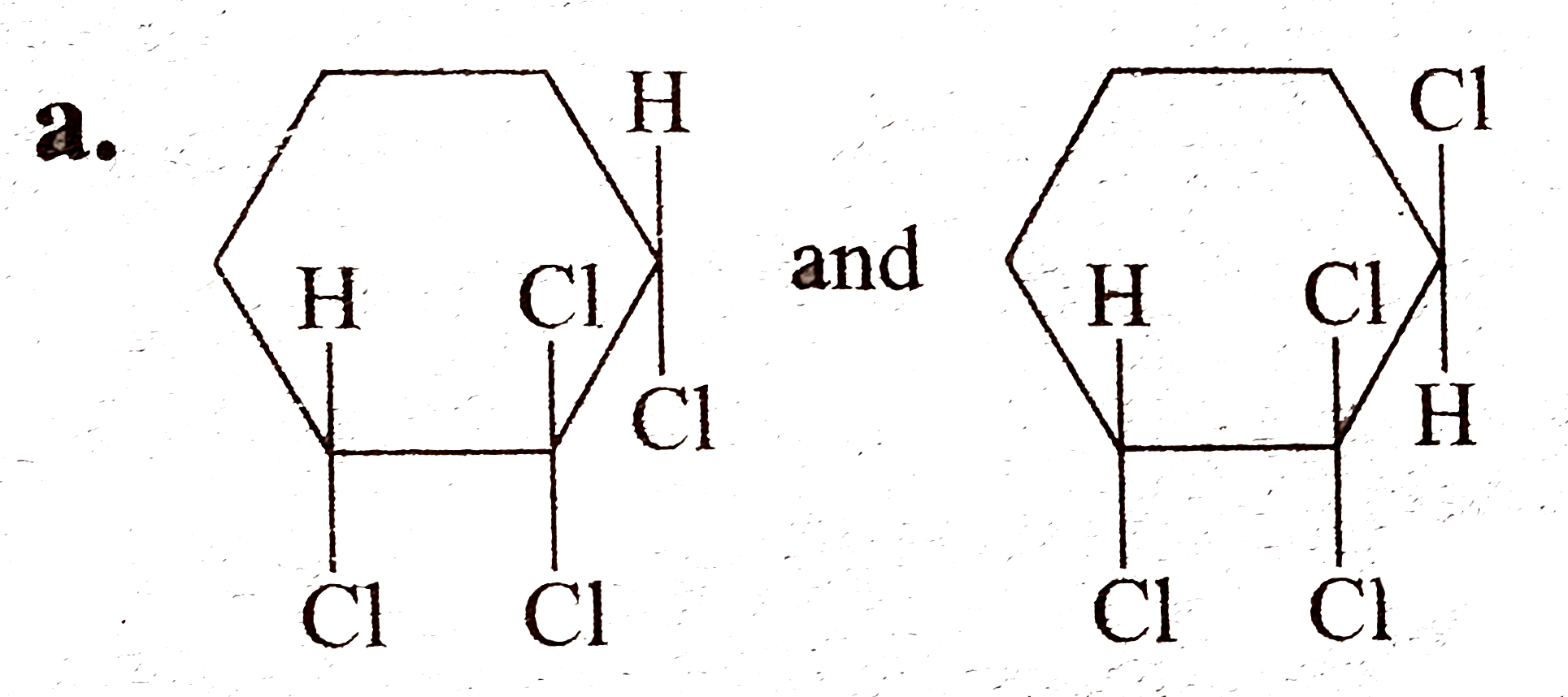

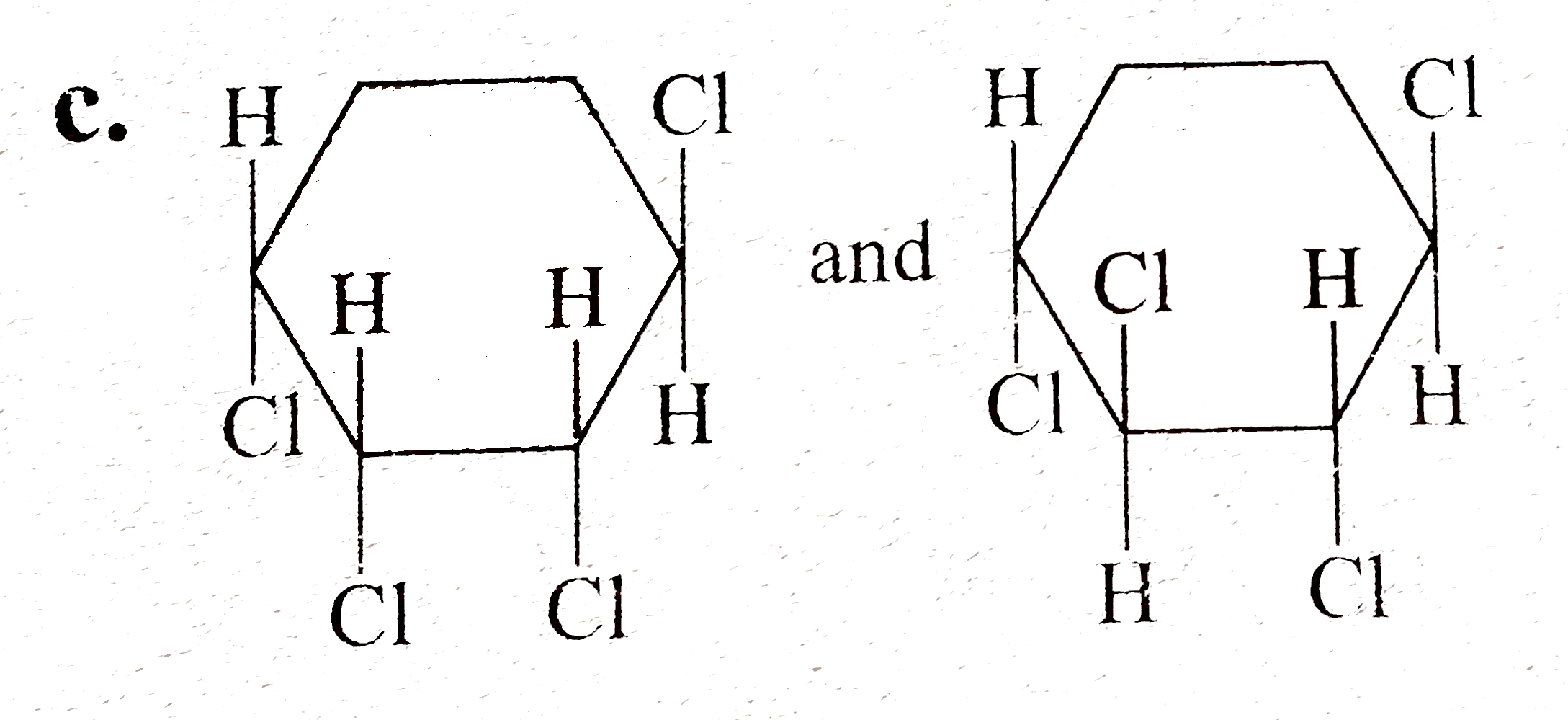

The correct Answer is:a
Anti addition of .
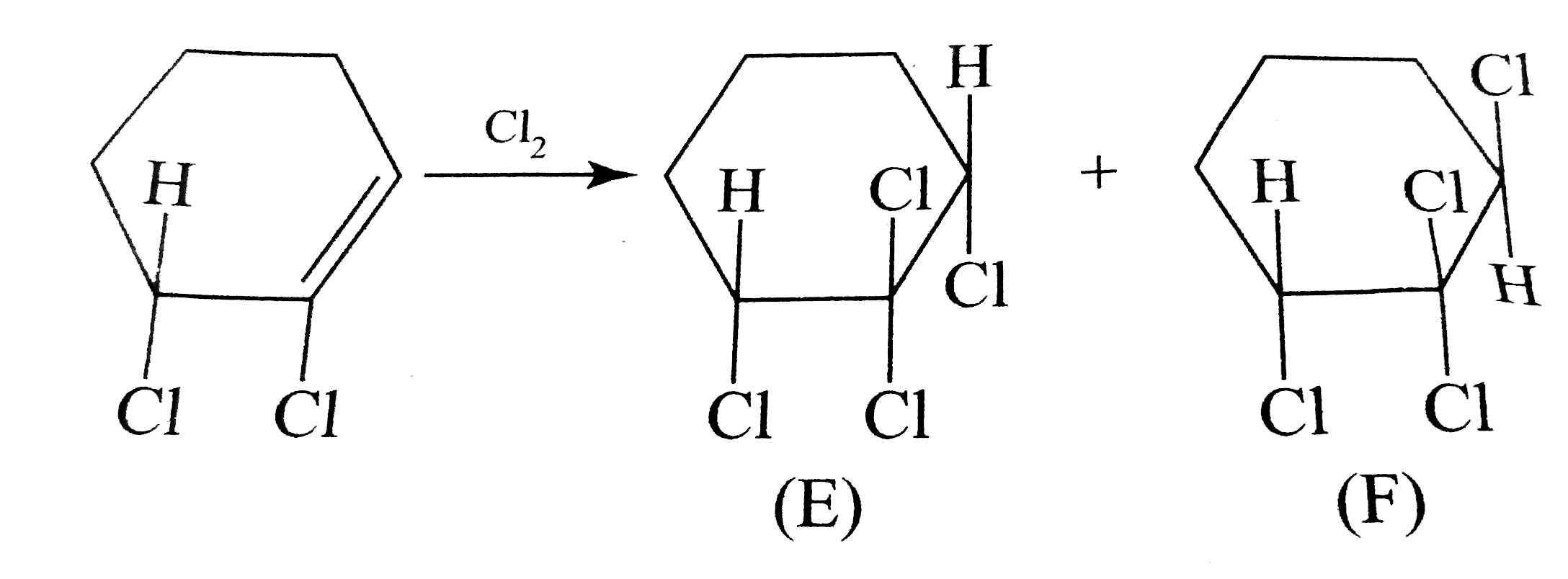
Topper's Solved these Questions
- BOOK - CENGAGE CHEMISTRYCHAPTER - ALKENES AND ALKADIENESEXERCISE - Multiple Correct Answer Type41videos
ALKENES AND ALKADIENES
- BOOK - CENGAGE CHEMISTRYCHAPTER - ALKENES AND ALKADIENESEXERCISE - Single Correct Answer Type62videos
ALKENES AND ALKADIENES
- BOOK - CENGAGE CHEMISTRYCHAPTER - ALKENES AND ALKADIENESEXERCISE - EXERCISES29videos
ALKENES AND ALKADIENES
- BOOK - CENGAGE CHEMISTRYCHAPTER - ALKANES AND CYCLOALKANESEXERCISE - Archives13videos
ALKANES AND CYCLOALKANES
- BOOK - CENGAGE CHEMISTRYCHAPTER - ALKYNESEXERCISE - Exercises (Archives - Analytical and Desriptive Type)4videos
ALKYNES
Similar Questions
Knowledge Check
- Question 1 - Select One
In the figure , if AD, AE and BC are tangent to the circle at D,E and F , respectively , then
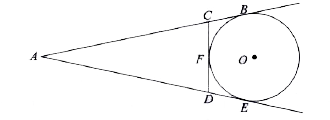 AAD=AB+BC+CAB2AD=AB+BC+CACAD2=AB+BC+CADAD4=AB+BC+CA
AAD=AB+BC+CAB2AD=AB+BC+CACAD2=AB+BC+CADAD4=AB+BC+CA - Question 2 - Select One
If the number of vertices , edges and faces of a rectangular parllelopiped are denoted by v, e and f respectively, the value of (v−e+f)is
A0B2C4D1 - Question 3 - Select One
The three compounds (A),(B),and (C) on hydrogenation with H2+Pd give (D),(E) and (F), respectively.
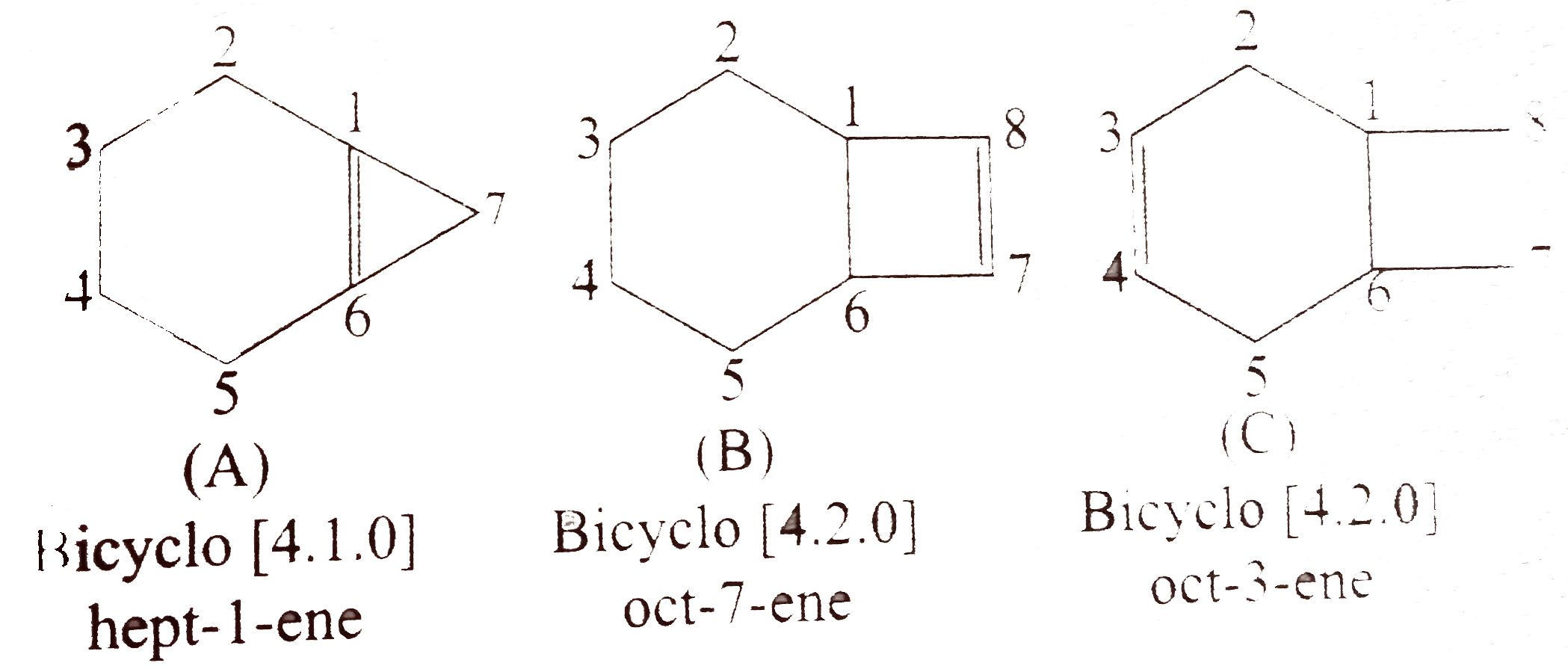
Compounds (D),(E) and (F) are :A B
B C
C D
D
XY is a line parallel to side BC of a triangle ABC. If BE ∣∣ ACand CF ∣∣ ABmeet XY at E and F respectively, show that ar (ABE) = ar (ACF)
View SolutionThe incircle of an isosceles triangle ABC, with AB=AC, touches the sides AB, BC, CA at D,E and F respectively. Prove that E bisects BC.
View SolutionIncircle of ΔABC touches the sides BC, AC and AB at D, E and F, respectively. Then answer the following question
Area of ΔDEF isView SolutionIncircle of ΔABC touches the sides BC, AC and AB at D, E and F, respectively. Then answer the following question
∠DEF is equal toView SolutionIncircle of ΔABC touches the sides BC, AC and AB at D, E and F, respectively. Then answer the following question
The length of side EF isView Solution

